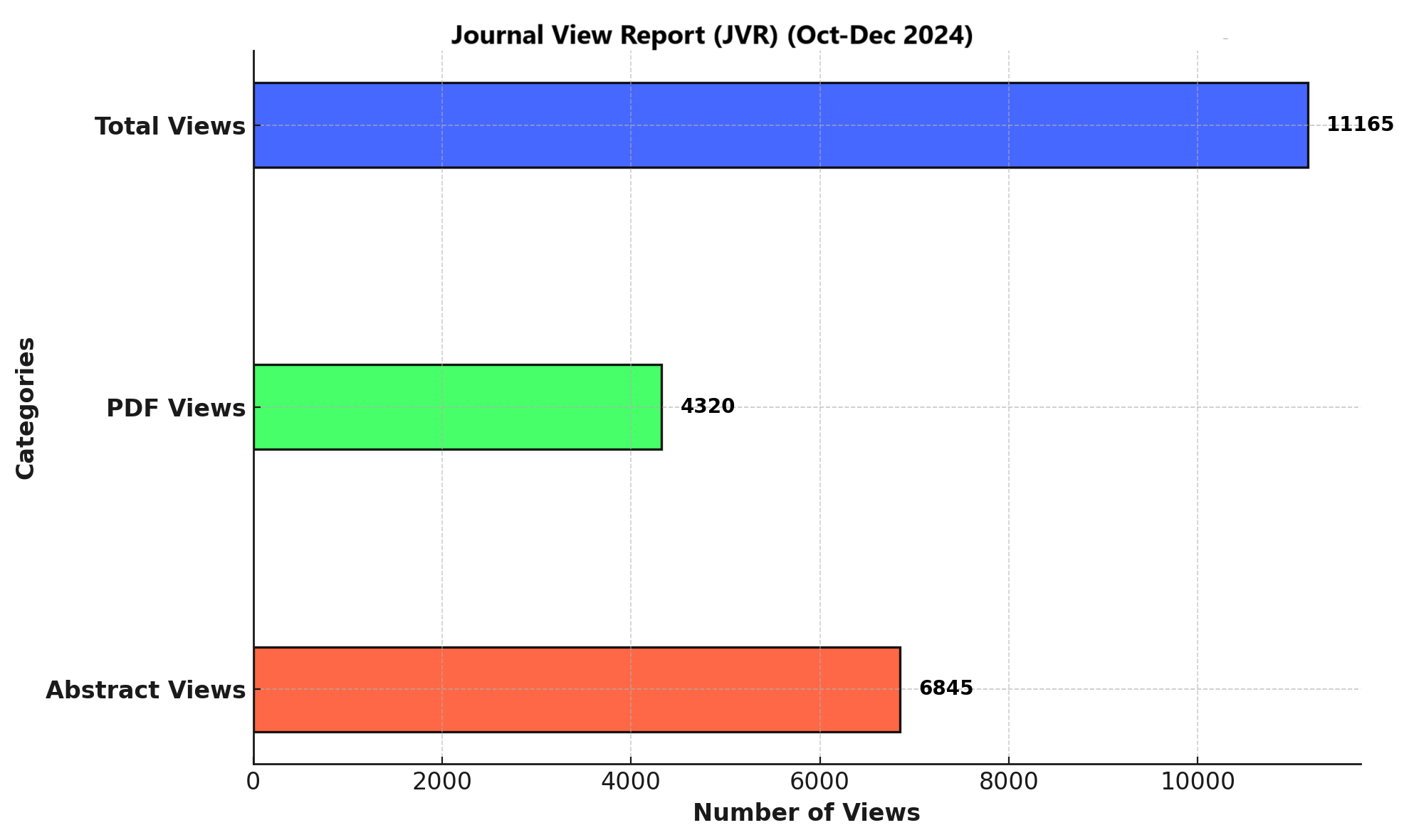EFFECTS OF PILATES EXERCISES ON BALANCE AND GAIT IN SCHOOL GOING CHILDREN
DOI:
https://doi.org/10.71000/hts0st59Keywords:
Balance, Child, Exercise, Gait, Physical fitness, Pilates-based exercises, Postural balanceAbstract
Background: Physical activity is a cornerstone of childhood development, contributing significantly to physical, mental, and social well-being. In the context of modern sedentary lifestyles, integrating structured exercise programs is essential for fostering motor skills, balance, and overall health in children. Pilates exercises, with their focus on core stability and neuromuscular control, are increasingly being recognized as an effective intervention to enhance motor function, particularly in improving balance and gait in school-aged children.
Objective: To evaluate the effects of Pilates exercises combined with conventional exercises on balance and gait in school-going children.
Methods: This randomized controlled trial included 96 school-going children aged 6–9 years, recruited using non-probability convenience sampling. Participants were randomly allocated into two groups of 48 children each. The control group performed conventional exercises, including flexibility, strength, and endurance training for 45 minutes per session, three times a week. The experimental group followed the same routine for 15 minutes, supplemented by 45 minutes of Pilates exercises emphasizing core stability, postural control, and coordination. Interventions lasted eight weeks. Outcomes were assessed using the Pediatric Balance Scale, 6-Minute Walking Test, and Functional Reach Test. Data were analyzed with SPSS version 25, using non-parametric statistical tests, with significance set at p≤0.05.
Results: The Pediatric Balance Scale improved significantly in both groups, with mean±SD scores increasing from 36.53±4.04 to 53.60±1.55 in the experimental group and from 35.73±3.2 to 47.3±1.4 in the control group (p<0.05). The 6-Minute Walking Test results showed greater improvements in the experimental group (172.22±19.9 to 407.3±82.1) compared to the control group (166.4±23.9 to 316.6±24.2) (p<0.05). Similarly, the Functional Reach Test improved from 18.46±2.30 to 38.6±2.00 in the experimental group and from 19.08±2.6 to 30.7±3.13 in the control group (p<0.05).
Conclusion: Both Pilates-based and conventional exercises were effective in improving balance and gait in school-going children. However, children in the Pilates group demonstrated superior improvements across all measured parameters, emphasizing the value of incorporating Pilates into pediatric exercise programs.
Downloads
Published
Issue
Section
License
Copyright (c) 2024 Kirn Arshad, Samra Anwar, Fatima Nadir, Sana Tariq, Anam Maqbool, Raheema Khalid, Minal Fatima, Nimra Shahid (Author)

This work is licensed under a Creative Commons Attribution-NonCommercial-NoDerivatives 4.0 International License.







